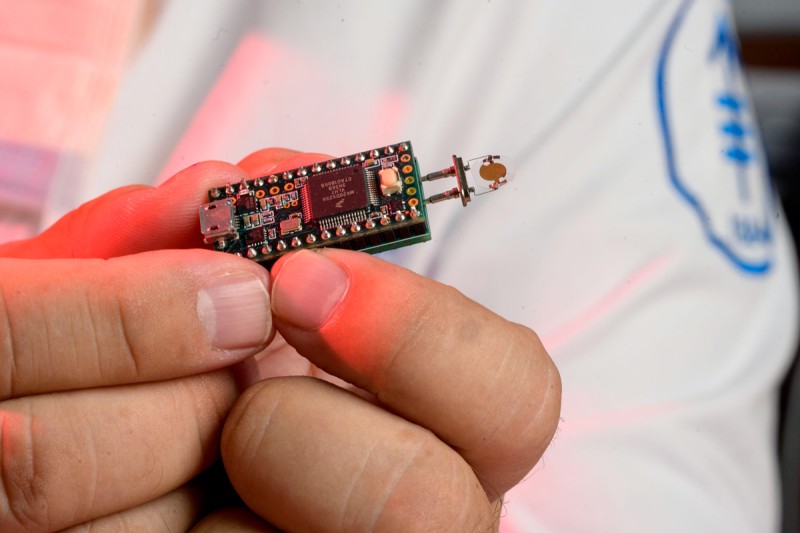Electronic Nose Detects Cancer with High Accuracy
Detecting Cancer Through Smell: The Promise of the "Electronic Nose"
Researchers at the University of Pennsylvania have developed an innovative tool known as the "electronic nose" or "e-nose," which uses artificial intelligence and machine learning to detect volatile organic compounds (VOCs) emitted by cancer cells in blood plasma samples. This technology has shown remarkable accuracy in distinguishing between benign and cancerous cells, particularly for hard-to-detect cancers like pancreatic and ovarian cancer.
How It Works
The e-nose is equipped with nanosensors calibrated to detect the unique mixture of VOCs that cancer cells release. The system works similarly to the human sense of smell, where a distinct combination of compounds helps identify specific odors. In this case, the tool is trained to recognize VOC patterns associated with cancer cells versus healthy cells.
Key Findings
- The e-nose achieved 95% accuracy in identifying ovarian cancer and 90% accuracy for pancreatic cancer.
- It successfully detected all early-stage cancer cases in the study, showcasing its potential for early diagnosis.
- The detection process takes 20 minutes or less, making it a rapid and non-invasive screening method.
Collaboration and Commercialization
The research team is collaborating with VOC Health to commercialize the device for clinical applications. Prototypes of the device are expected to be available soon, enabling further research and development. The technology has also been adapted to detect COVID-19 through its odor signature, highlighting its versatility.
Implications for Cancer Detection
If successfully integrated into clinical practice, the e-nose could revolutionize cancer screening by providing a simple, cost-effective, and non-invasive method for early detection. This is especially significant for cancers like pancreatic and ovarian, which are often diagnosed at advanced stages when treatment options are limited.
Future Directions
The research team continues to refine the technology, aiming to improve its accuracy and speed further. The collaboration between Penn Medicine, VOC Health, and other institutions underscores the potential of interdisciplinary efforts in advancing medical diagnostics.
For more details, visit the original article.

